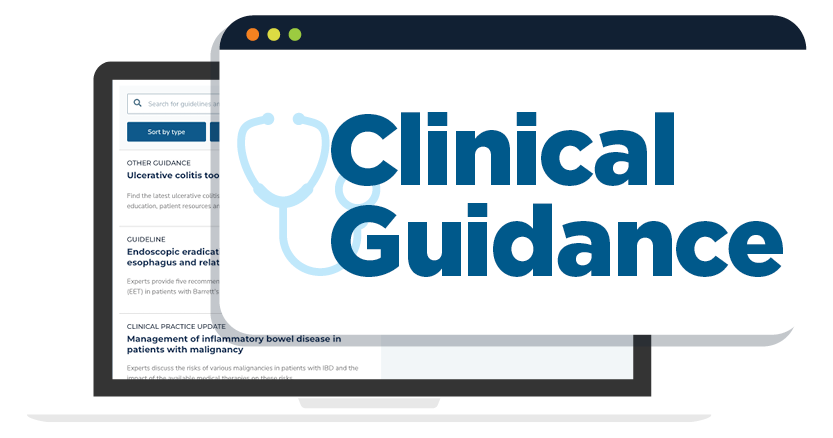There are two prerequisites to demonstrate the clinical utility of endoscopic ultrasound (EUS)–guided vascular interventions. The first is a vascular target in or near the gastrointestinal wall, which may confer an advantage to an endoscopic rather than percutaneous access. The second is demonstrating a clinical efficacy and safety profile comparable, if not superior, to current alternatives.
While satisfying the first prerequisite, the EUS-guided vascular interventions described herein are in varying states of addressing the second prerequisite. At this time, EUS-guided coil injection therapy of gastric varices arguably makes the strongest case for inclusion at centers of expertise. The overall supporting data are restricted to uncontrolled series and small comparative studies. However, available data show that EUS-guided gastric variceal therapy is safe, with excellent acute hemostasis and low rebleeding rates, and likely superiority over traditional direct endoscopic glue injection. Larger comparative studies are required to delineate its place in the treatment algorithm, particularly relative to IR endovascular therapies. Concerning EUS-PPG measurements, the strongest argument for inclusion is likely when there is another indication for endoscopy, such as variceal screening or liver biopsy. Other EUS-guided interventions, such as treatment of rectal and ectopic varices, splenic artery embolization, and treatment of arterial bleeding, have been reported in small case series and require further supporting studies. EUS-guided portal sampling appears safe but should be performed as part of a research protocol. As these procedures mature, endosonographers should be trained in interventional EUS and operate as part of a multidisciplinary team.












